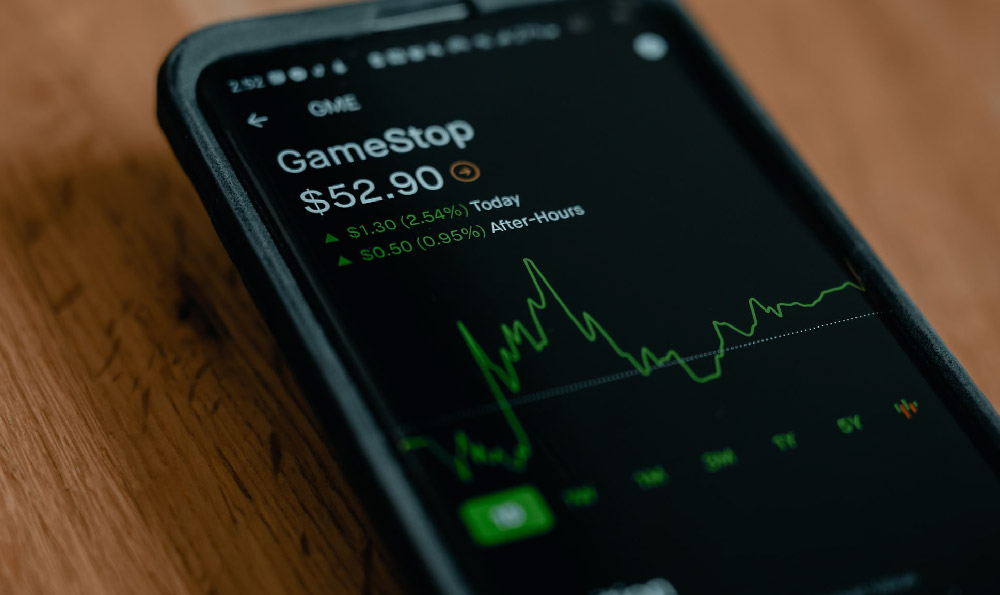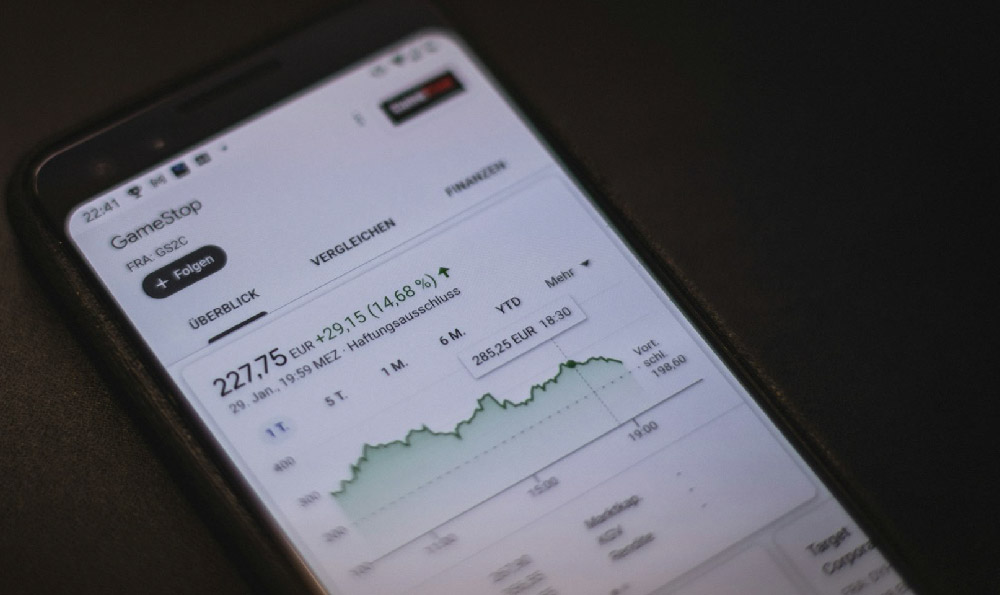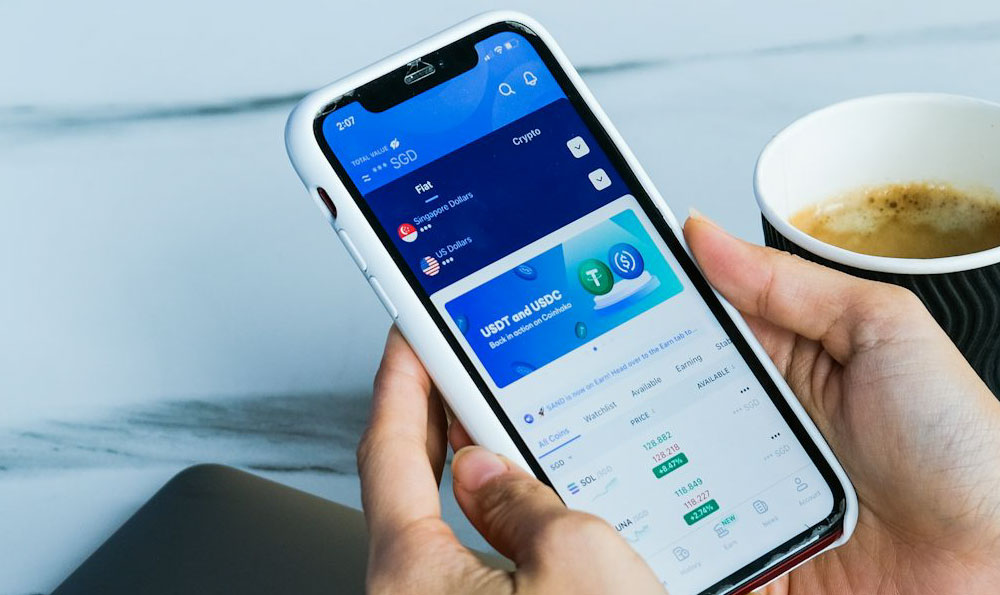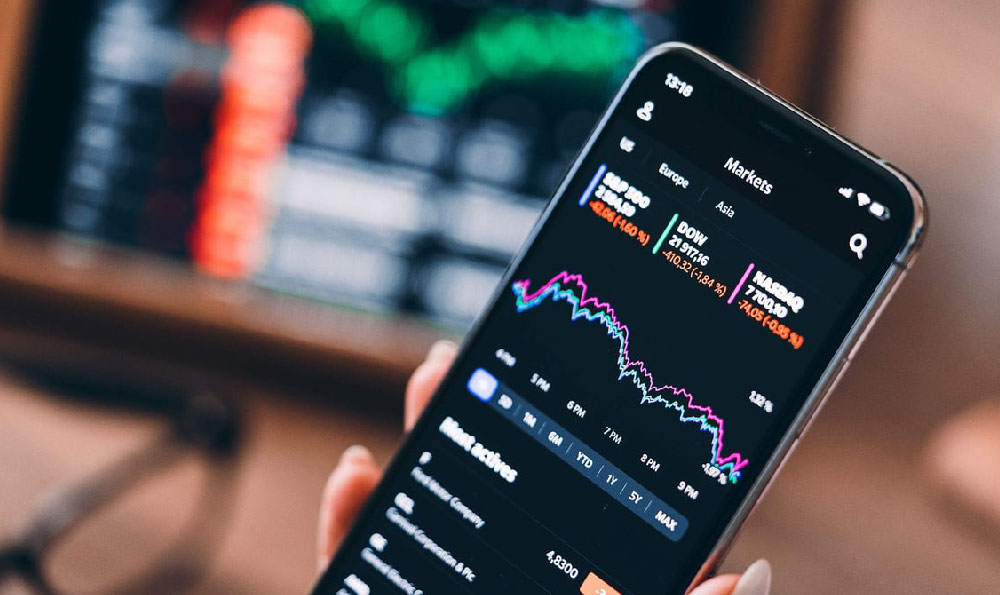Unlocking the full potential of Uber earnings requires a multifaceted approach, blending strategic planning with a deep understanding of the platform’s mechanics and external market forces. Many factors contribute to whether driving for Uber is "worth it," and a comprehensive analysis requires examining both the financial rewards and the associated costs, both tangible and intangible.
To begin, optimizing your driving schedule is paramount. Peak hours, typically during morning and evening commutes, weekends, and special events, offer the highest demand and, consequently, the best earning opportunities. Uber's algorithm dynamically adjusts fares based on demand, resulting in "surge pricing." Actively monitoring the driver app and strategically positioning yourself in areas experiencing surges can significantly boost your hourly earnings. Beyond surge, understanding local event schedules, concerts, or sporting events, can pinpoint pockets of high demand. Consider driving near entertainment districts on weekend nights, or airports during busy travel seasons. While you might encounter increased traffic, the higher demand often justifies the congestion.
Moving beyond timing, route optimization plays a crucial role. Utilizing GPS navigation systems, not just Uber's built-in app but also alternatives like Google Maps or Waze, can help identify the most efficient routes, minimizing travel time and fuel consumption. Familiarize yourself with your city’s road network, alternative routes, and potential traffic bottlenecks. Avoid areas notorious for congestion, especially during peak hours, and prioritize routes that minimize idling, as idling consumes fuel without generating income. Consider the time of day and typical traffic patterns when accepting rides; a longer ride might seem appealing, but if it traverses congested areas during rush hour, the actual profit margin could be significantly lower.

Another key aspect is maximizing rider satisfaction. Providing a clean and comfortable vehicle, offering complimentary amenities such as phone chargers or bottled water (where permissible and safe), and maintaining a positive and professional attitude can lead to higher ratings and, crucially, more tips. Uber’s algorithm often prioritizes drivers with higher ratings, granting them access to more ride requests and potentially higher-paying fares. Excellent customer service translates directly into increased earnings. Remember, a positive interaction contributes not just to immediate tips but also to long-term earning potential through preferential ride allocation. Building a reputation for reliability and friendliness is an investment in your Uber career.
Vehicle maintenance is a critical, often overlooked, factor in maximizing earnings. Regularly scheduled maintenance, including oil changes, tire rotations, and brake inspections, helps prevent costly breakdowns and ensures your vehicle operates efficiently. A well-maintained vehicle not only reduces repair expenses but also improves fuel efficiency, contributing to lower operating costs. Keep accurate records of all maintenance expenses, as these can be deducted from your taxable income, further reducing your overall financial burden. Consider purchasing a fuel-efficient vehicle specifically for ridesharing. While the initial investment may be higher, the long-term savings on fuel costs can significantly outweigh the upfront expense. Hybrid or electric vehicles are increasingly popular choices for Uber drivers due to their superior fuel efficiency and lower maintenance requirements.
Beyond the platform itself, understanding local regulations and insurance requirements is essential. Ensure you have the appropriate insurance coverage for ridesharing activities, as standard personal auto insurance policies often do not cover accidents that occur while driving for commercial purposes. Research and comply with all local regulations pertaining to ridesharing, including licensing and vehicle inspection requirements. Failure to comply with these regulations can result in fines, penalties, and even suspension from the Uber platform.
Finally, assessing whether driving for Uber is truly "worth it" involves a careful consideration of all costs, both direct and indirect. Direct costs include fuel, maintenance, insurance, vehicle depreciation, and platform fees. Indirect costs include the wear and tear on your vehicle, the potential for increased insurance premiums, and the value of your time. Calculate your hourly earnings after deducting all expenses to determine your true profit margin. Compare this figure to alternative employment opportunities to assess the financial viability of driving for Uber. Also, consider the non-monetary aspects, such as the flexibility of working hours and the independence of being your own boss, against the potential drawbacks, such as inconsistent income and the risks associated with driving in traffic.
To determine whether driving for Uber is "worth it," a comprehensive personal financial analysis is necessary. This involves tracking income and expenses meticulously, understanding local market conditions, and adapting strategies to optimize earnings. Furthermore, it requires honestly evaluating the trade-offs between the flexibility and potential income of driving for Uber and the stability and benefits of traditional employment. Ultimately, maximizing Uber earnings is a continuous process of learning, adapting, and optimizing, requiring both strategic thinking and meticulous execution. Whether it's "worth it" depends on your individual circumstances, financial goals, and risk tolerance.












